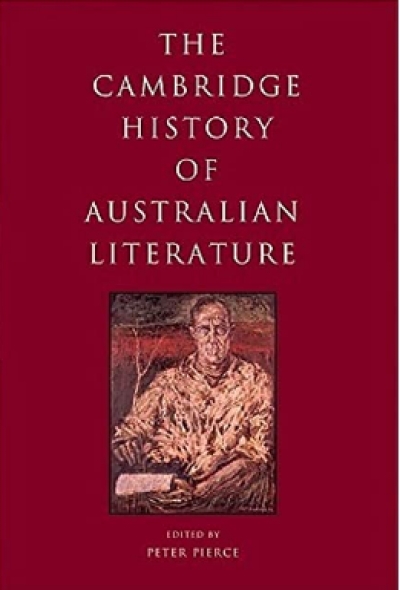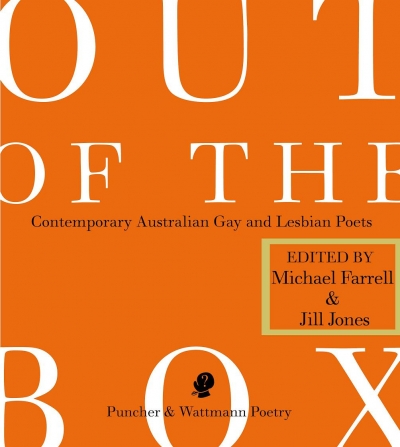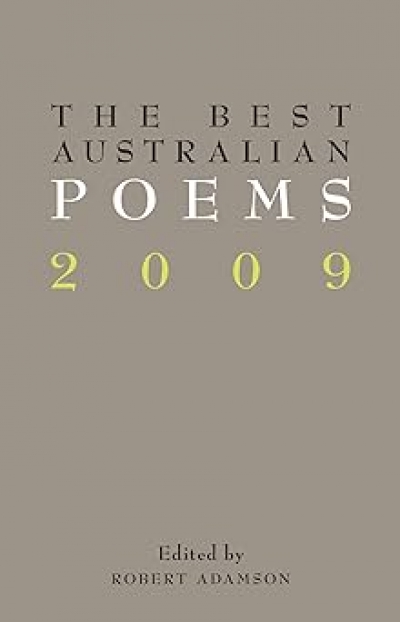Gregory Kratzmann
By the Book: A literary history of Queensland by Patrick Buckridge & Belinda McKay
by Gregory Kratzmann •
The Cambridge History of Australian Literature edited by Peter Pierce
by Gregory Kratzmann •
Old Songs in the Timeless Land: Medievalism in Australian literature 1840–1910 by Louise D’Arcens
by Gregory Kratzmann •
Parergon, Vol. 26, No. 2 edited by Anne M. Scott & Parergon, Vol. 27, No. 1 edited by Vanessa Smith and Richard Yeo
by Gregory Kratzmann •
Out Of The Box: Contemporary Australian gay and lesbian poets edited by Michael Farrell and Jill Jones
by Gregory Kratzmann •
The Best Australian Poems 2009 edited by Robert Adamson
by Gregory Kratzmann •
Harbour City Poems: Sydney in Verse 1788–2008 edited by Martin Langford
by Gregory Kratzmann •
Vincent Buckley edited by Chris Wallace-Crabbe & Journey Without Arrival by John McLaren
by Gregory Kratzmann •









